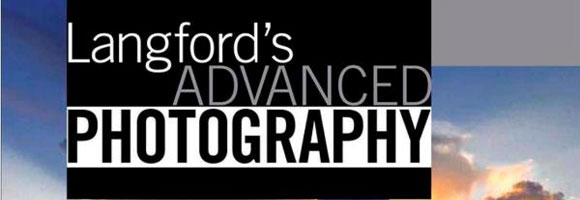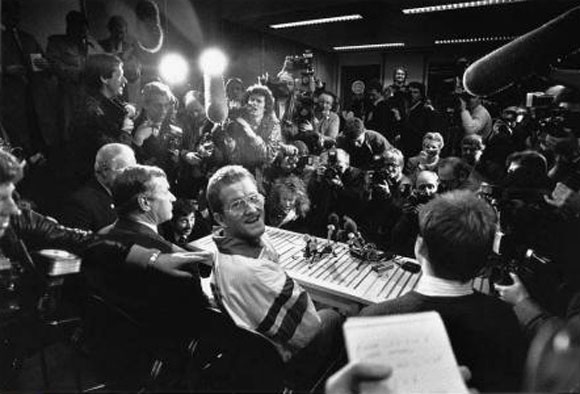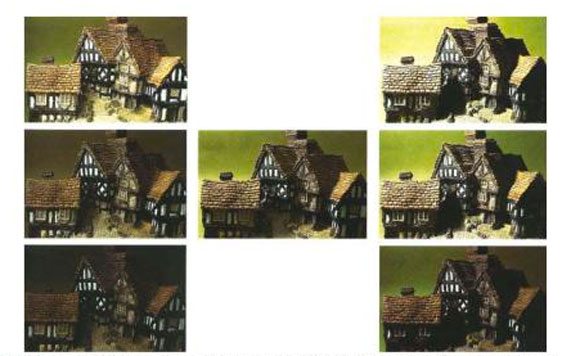Book Review: Langford’s Advanced Photography
0Apart from the ordinary photography tips and techniques, Langford’s Advanced Photography takes you beyond the basics and digs more into the photography process and its professional details.

By looking at the title you will immediately see that this book is different from other photography-related books, and you will realize this even more when you check the book’s table of contents. I should say so, to prepare you before discussing the content of each chapter in the book, because you may find it odd.
The readers of this book should already have an excellent photography background to get the most out of the book and to be able to follow the chapters and technical information it contains.
The book goes through the different techniques photographers used to use throughout the history of photography, so because of this, you will find that the book often discusses obsolete techniques and camera accessories that we do not use these days.
While this may look strange, it is useful to acquaint the photographer with the older techniques and how the old experts were working using these outdated accessories.
The book has been reprinted many times since 1969, so you will not be surprised that the current version is the eighteenthone. We must also note that the book we are about to be acquainted with is a unique piece of work with a long history in the photography industry. Now, let us go on a journey around the book and begin with the first chapter that covers the color in photography.
Colors are an essential component in any photograph, even if it is a black and white shot. Contrary to our expectation, the book does not only give you color tips for your next photography practice, but takes you beyond the basic concepts of photography. It teaches you theories behind the colors and how they work from a scientific approach by, for instance, introducing you to the human visual system and how it works, methods of reproducing colors and light sources. The chapter covers other color-related topics, such as color temperatures and how to see colors.

After covering the topic of colors, the second chapter moves on to discuss photography equipments, especially the digital camera and camera accessories. One of the interesting things in this chapter is that it covers the roles of both the film and digital cameras in the image processing, and compares a wide variety of cameras from the very old cameras to the new professional DSLR cameras.
The third chapter guides through the different lens types to let you to choose the most suitable ones for your project. The next chapter talks about a crucial issue in photography, which is lighting control. The chapter begins with a discussion of the direction and the angle of light as well as the distribution of light.Then it moves on to cover contrast and the exposure of light, and the relation between light and colors.
This following chapter, Tone control, is covering the photography techniques related to the image itself and how to understand the light and the color tones in the taken images. The Tone chapter is coversthe tone, how it affects the photograph and how it changes during the film processing and the enlargement.
After covering the light and tone in the photo, the next chapter covers image sensors and introduces the different sensor theories and alternative sensor technologies.
Moving forward, the book discusses digital imaging systems, such as scanners and printers and how to setup you workstation for better workflow.
Chapter eight talks about how to work with the images, starting from capturing the images and moving on to other image editing terminology, such as compressing images, choosing the right format, image colors and the image-processing workflow.
In chapter nine and ten you will learn a lot about the old films and film processing. Films were used as an old technology before the era of the digital cameras. However, it was a more difficult technology comparedto the modern point-and-shoot cameras.

Then, in the following chapters the book moves forward to explore the different photography concepts, such as the photography types, subjects and their importance in the photo scene, night photography, Aerial photos, still photos and more.
The last two chapters include tips for photographers who wish to move from the amateur level to the professional level and learn how to build their photography business and get clients. These tips include working as an assistant photographer to learn, how to build your studio, charge for photos and learn about image copyright.
The book is a contribution of photography experts and professionals, who make it worth reading the book and learning from it.
As I mentioned earlier, this is not a book for beginners or even those who are on an intermediate level, it is a book for advanced photography experts who would like to learn about photography concepts and theories starting from the old film days and moving forward to the digital photography.
You can check the book and learn more about it by visiting the book’s page on Elsevier publisher page.



